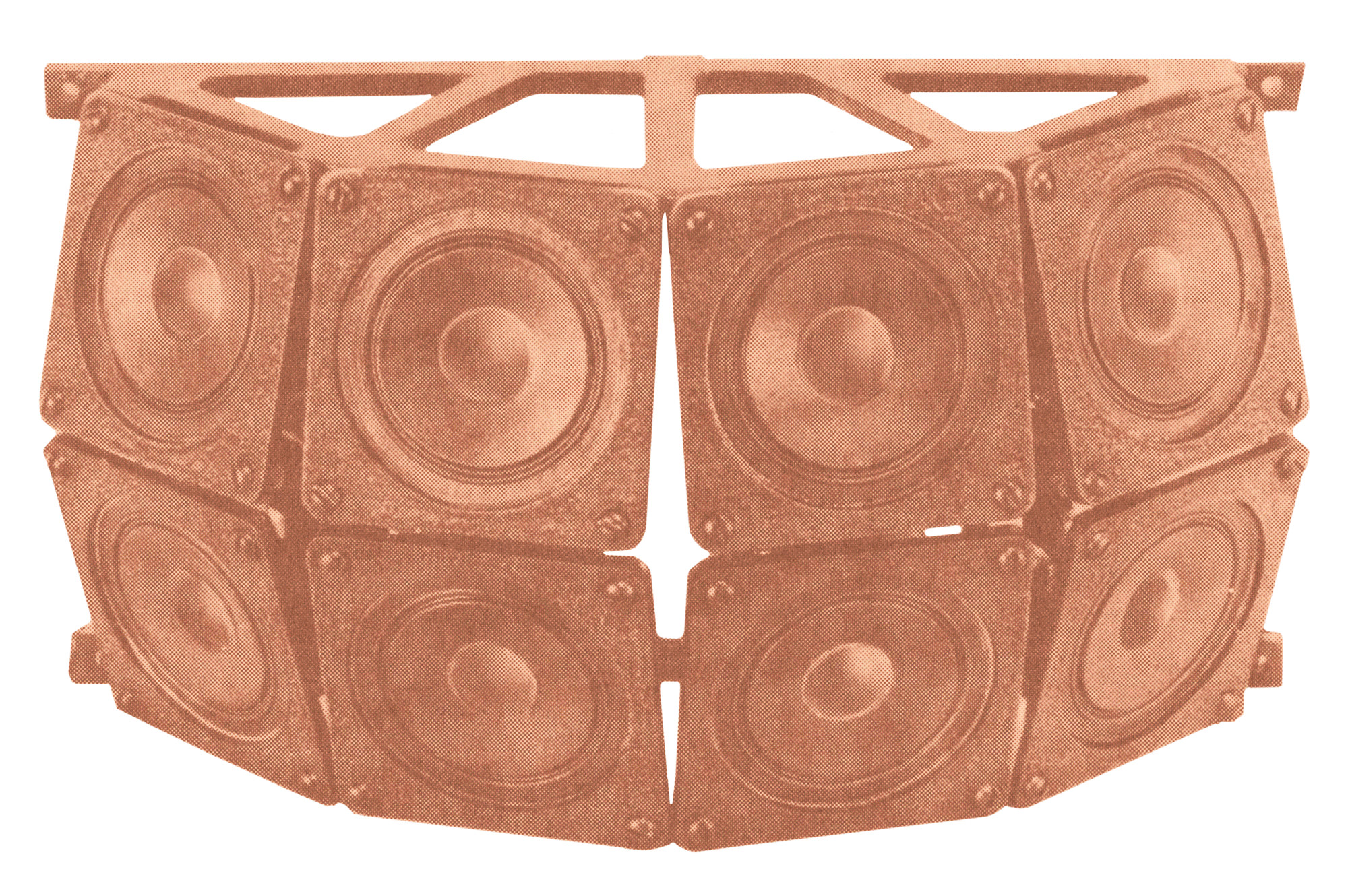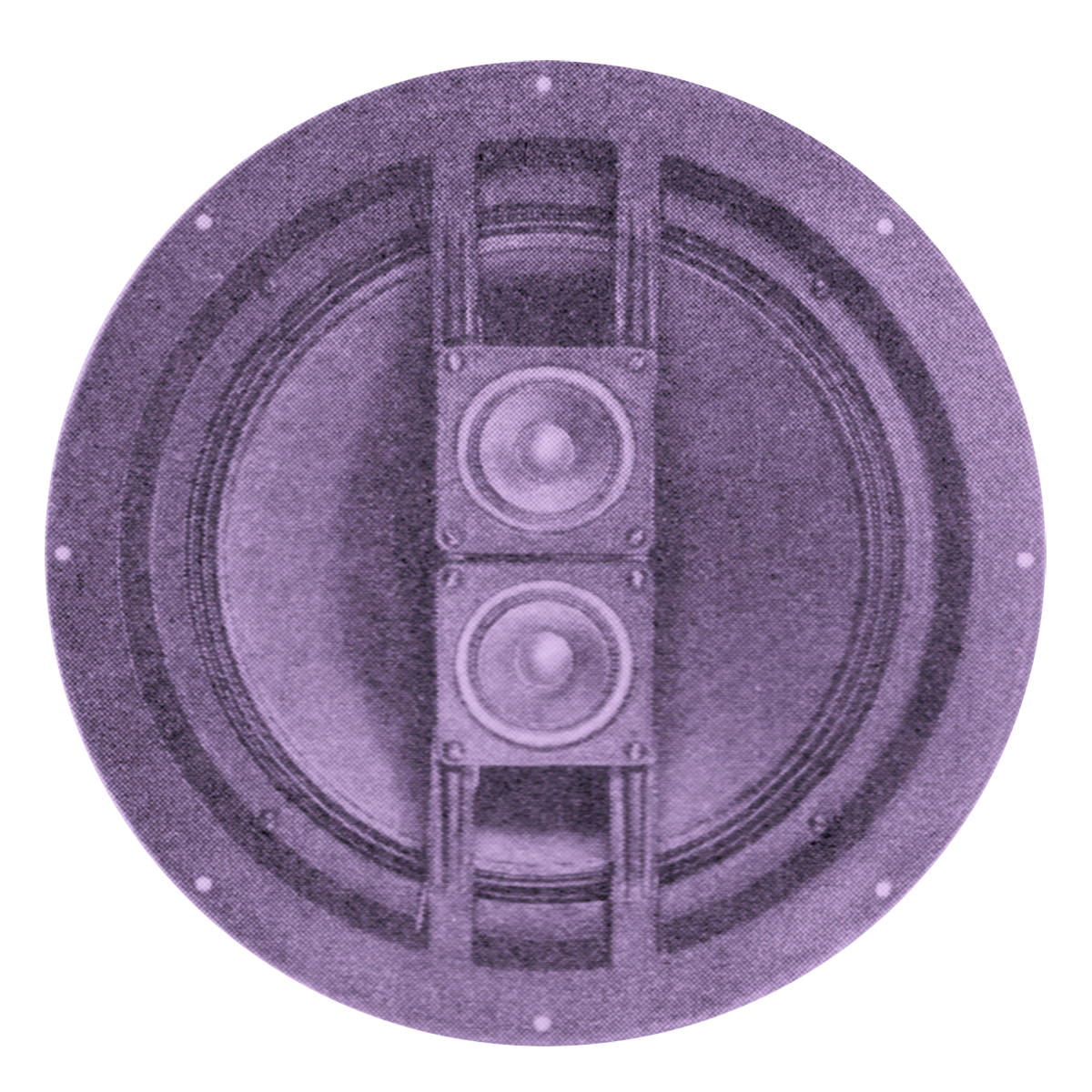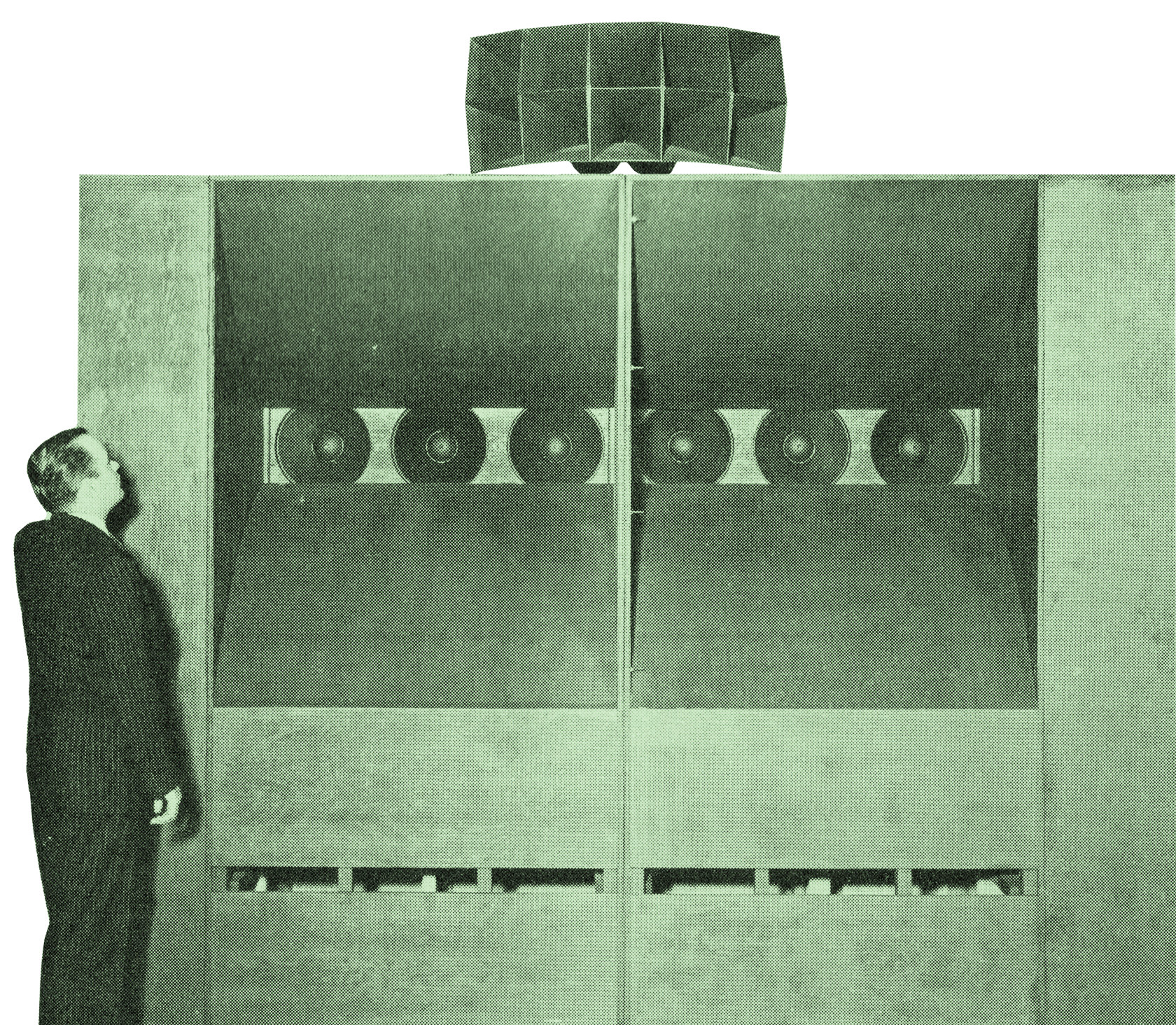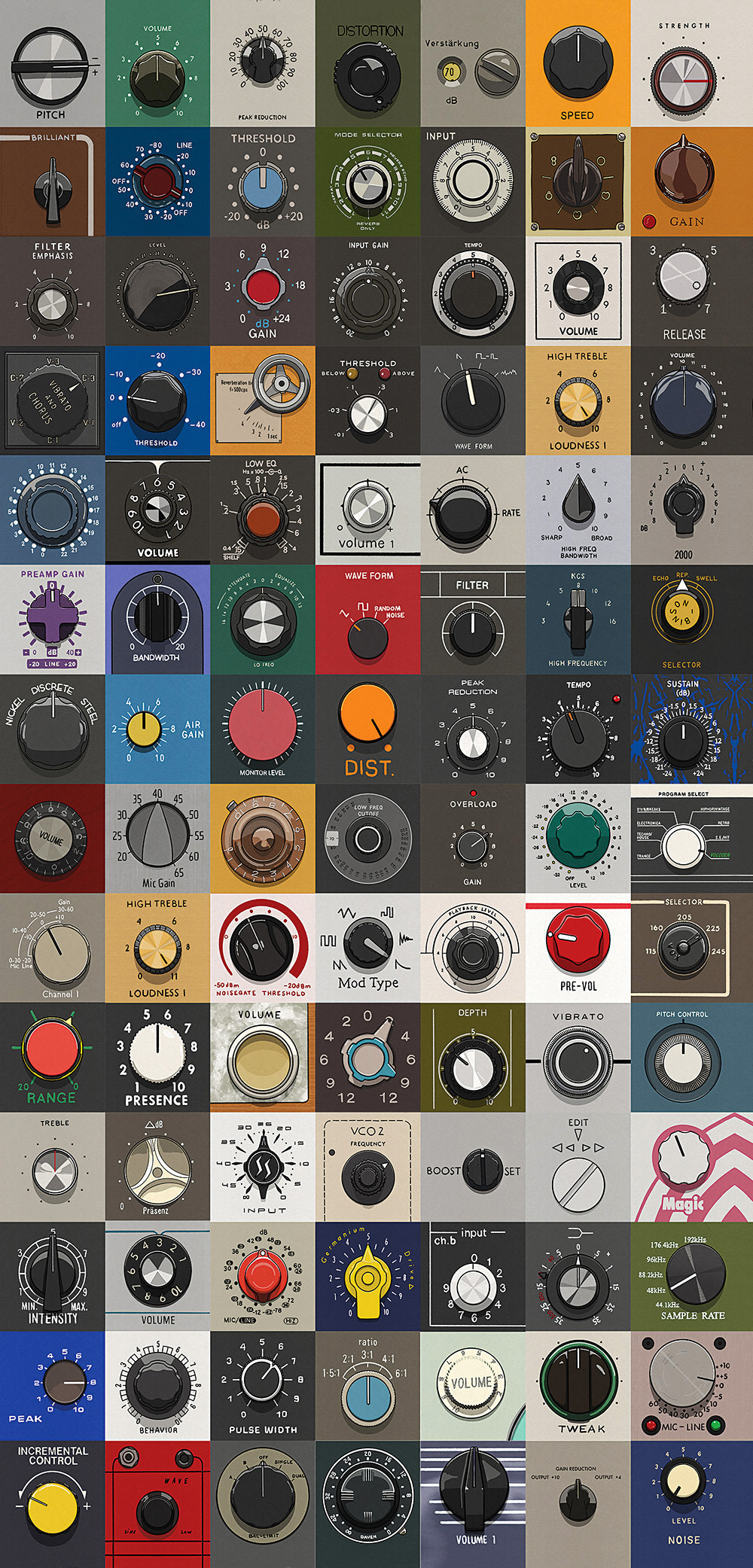"No drum machines were used on this album!" "No synthesizers!" These liner note proclamations were, for a time, a "cool" way to indicate a declaration of purity. But bands like Queen, who made these statements in the '70s and '80s, ended up later embracing these technologies to make great (and very popular) music.

A major legacy of the recording engineer is one of increasing access to rare and expensive studios and gear, as well as the portal to creating new and exciting audio experiences. Engineers are generally open to new technologies… or at least willing to learn about them, and not decide they're guilty until proven innocent.
On that note, I absolutely love making music with the immersive audio of Dolby Atmos. The additional channels allows for a freer form of mixing, one that needs less EQ and compression to cram an arrangement into stereo playback. It's a process that almost feels a bit like conducting an orchestra.
I've had a slew of people sit in my chair and listen to Atmos mixes in my tuned room. Their heads dart around excitedly as the backing vocals of Elton John's "Rocket Man (I think it’s going to be a long, long time)" fly over their heads. They dance next to the speakers like they're in the room with Marvin Gaye while he's recording "What's Going On." And they freak out with excitement at hearing their own music presented in three dimensions. It's a beautiful thing, because it puts the listener right there in the middle of the mix. Spatial, immersive listening is the closest to a live music experience presented with recorded audio that most people will ever get to hear.

There are half a billion iPads and iPhones now supporting spatial audio, and online spatial playlists mirror today's hit radio. Apple AirPods are selling like crazy, and offer HRTF (Head-Related Transfer Function, or custom head profile) functions in the current iOS for personalized binaural support for all sizes and shapes of heads. Soon we'll be able to order a Mercedes Benz with full Atmos support. Meanwhile, catalog albums are coming out in Atmos left and right: Joni Mitchell's Court and Spark sounds mind-blowing, and Steve Winwood even oversaw an Atmos mix (by Richard Whittaker) of Traffic's The Low Spark of High Heeled Boys.
Millions of users are (mostly unknowingly) already listening to binaural versions of spatial mixes. There are way more listeners available than there is spatial music currently available; it currently reflects a total lack of content for a huge audience. The major labels are scurrying to fill this space, and there are more independent artists every day uploading spatial music. The smaller labels are already falling behind; they lack information and access, have tighter budgets, and are largely taking a pass. Before long, they're going to feel left out and start asking questions.
Let's continue to educate and elucidate our musical collaborators. That's our job; to help artists create. Maybe your own business model or time as a resource doesn't allow you to yet join the spatial mixing party. Or maybe you have no interest in expanding your expertise beyond stereo channels. Or perhaps you’ve had a bad experience with a surround format years ago. However, at some point, you might have to ask yourself the tough question of, “Are you really doing art, industry, and your own business a service by flat-out dismissing it?”

You might find ways to modify your mix templates so you can export stems for someone to complete a simple spatial mix. At least find pathways to complete a single for these somewhat exclusive playlists, and gain exposure for small labels and indie artists. I'm currently working with a label to create a simple 4.0/quad composition suite, so their artists can write with these new possibilities in mind from the start of a project. Shift your processes and services to help artists get music made.
Of course, we must acknowledge that it's a massive privilege to have the means to create multichannel music. But shouldn't we be extending and expanding access to the best of technology? And if we believe in something (you may not, but I believe in the power of spatial audio), it's our responsibility to learn and teach until it's something everyone can participate in. 

